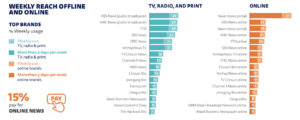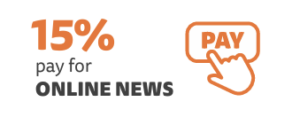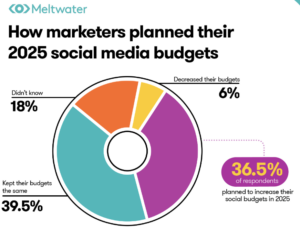Ever since the Coronavirus crisis in 2020, the printed newspapers sales have been in a decreasing trend whilst business models such as subscriptions and memberships have been increasing, according to the Digital News Report from Reuters. Overall the industry has experienced a complete change due to the global economic rundown and change of user behavior who value accurate and reliable information.
Digital Media Landscape in 2025
In the case of South Korea, trust in news media was at an all-time low during the outbreak of COVID-19 though they have since somewhat stabilized with 31% reporting in 2025 that they trust the news most of the time. While South Koreans’ consumption of news has been on a decline, when they do check the news, they tend to do so through online sources, making up 79% of the news consumption in the country. With YouTube holding 51% of the share. Koreans tend to see the video platform as a more authentic source than mainstream media, which is viewed as biased.

Source: Reuters Institute for the Study of Journalism 2024
A survey by the Korea Press Foundation found that 72% of participants had increased their news usage over the last few years. Other services, such as OTT streaming services like YouTube Premium and Netflix, have also grown, and we can see the tendency of Korean consumers to be willing to pay for a mix of diverse content.
The offline advertising industry has seen the biggest decrease in sales and overall market share, losing over 21% of the market share as of 2025 compared to 2020.
In the online media, few people are willing to pay a subscription just for news since in South Korea online portals offer very convenient news packages of free news from multiple publishers. Also, in 2020 Naver announced they would be switching back to an advertising revenue share model with an additional subscription-based model for premium content.

Social Media for News Composition in 2025
YouTube is the most widely used platform for South Korean users, but KakaoTalk and Instagram are emerging as fresh news sources. Also notable is the increased industry focus on email newsletters, with a variety of new services from start-ups to mainstream media companies, even if usage levels remain low. Read more about South Korea social media behaviour here.

Source: Reuters Institute for the Study of Journalism 2024
The Overall Advertising Market trend
The total advertising spending in 2025 is estimated to reach $17.31 billion USD (Statista). Among the media that showed a decline this year, broadcasting and print media maintained their declining trends. However, outdoor, and other media are expected to shift into a growth model. In addition, ad spending in digital advertising is projected to reach $8.09 billion USD, a 4.93% increase from 2024 (Statista).
In 2025, 36.5% of businesses indicated that they will be increasing their social media budget.

The rapid growth of mobile advertising was particularly evident online. In 2022, around $4.69 billion USD was spent on mobile advertising, with a 10.3% annual forecasted increase.
Source: Reuters Institute for the Study of Journalism





